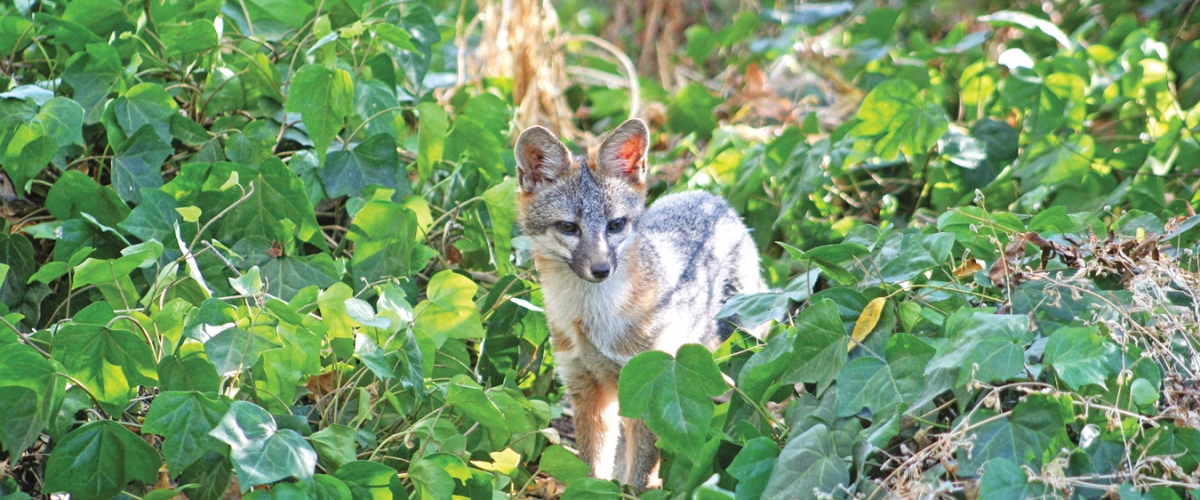

The Open Space Authority is expanding public access at Coyote Valley Open Space Preserve to increase access for all visitors, while giving people access to scenic outlooks and interpretive signage that shares the preserve’s natural history. Improvements will allow visitors an opportunity to visit and learn more about the history and natural resources of the North Meadow area, along the Heart’s Delight Trail. Please join our mailing list to receive project updates and opportunities for providing your input.
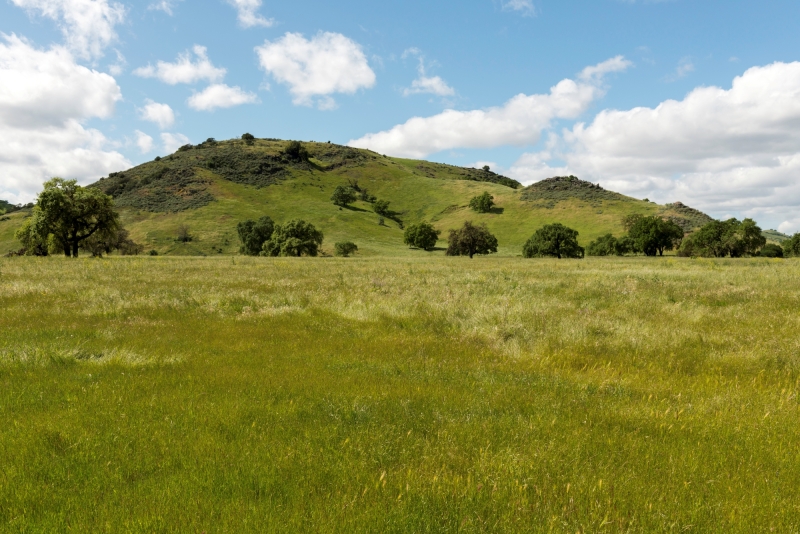
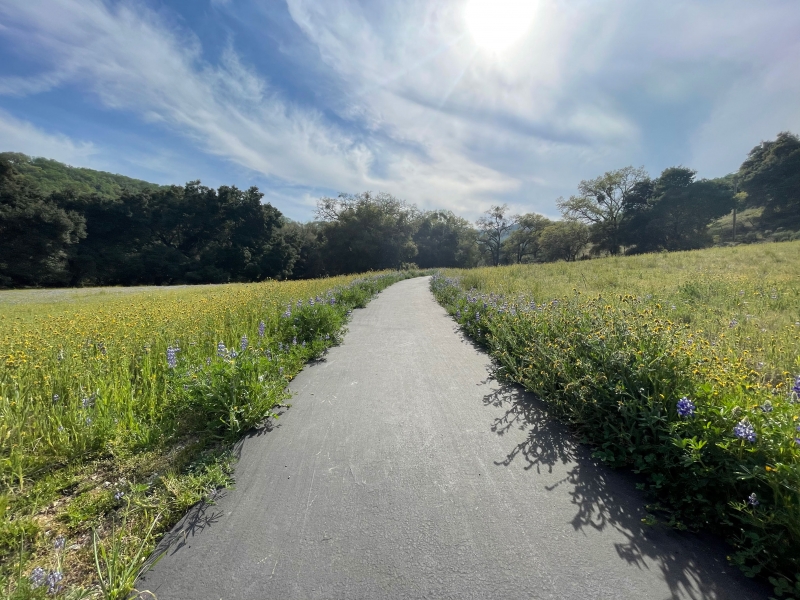

The ADA Self-Evaluation and Transition Plan project will evaluate the Authority’s public-serving facilities, programs and services, and communications for compliance with accessibility standards, pursuant to the Federal ADA Title II and Section 504.

The Authority has kicked off the planning and design process for the first phase of expanded public access at Rancho Cañada del Oro Open Space Preserve. Once complete, this phase will provide visitor access from the staging area to the former Blair Ranch portion of the preserve. We want your feedback, so please join our mailing list to receive project updates and opportunities for providing your input.
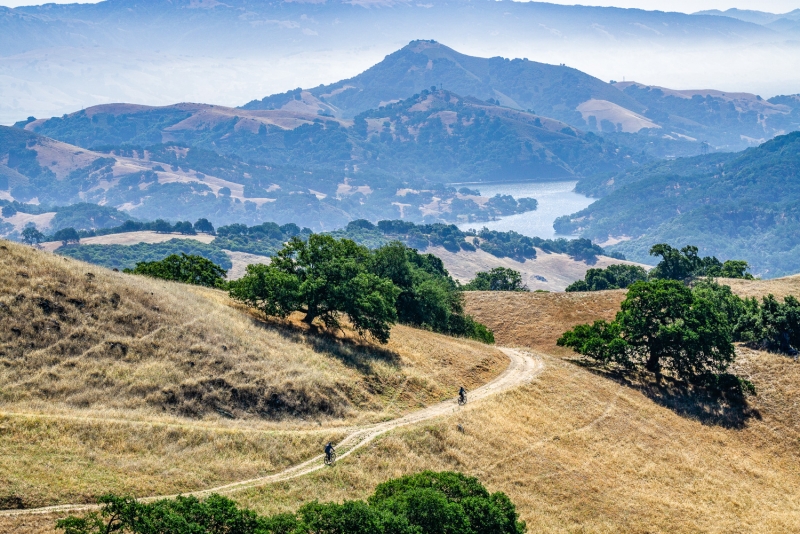

Alongside key partners, Peninsula Open Space Trust and the City of San José, the Authority will lead a science and community-based planning process to restore this unique landscape. The Master Plan will inform a process to preserve the environment, connect people to nature, and provide lasting climate resilience. Get involved in the planning process!
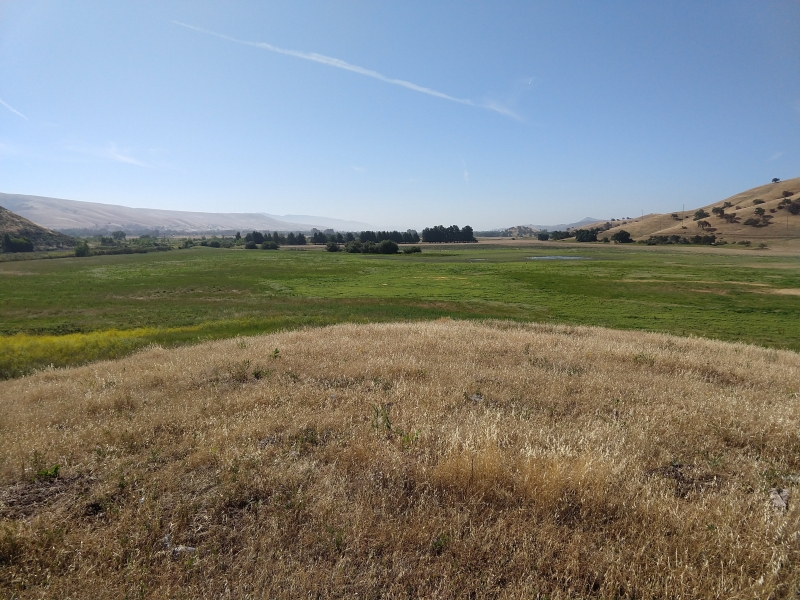

The Authority is proposing to implement an Integrated Pest Management (IPM) Program that will comprehensively manage pests on Authority open space preserves in order to protect natural resources and public health. An IPM is a science-based decision-making system used to design and control pest populations in order to limit their impacts as well as risks to people and the environment. The Authority is seeking public and partner feedback on the draft IPM policy and guidelines. Learn more here.

The Authority, in partnership with the Santa Clara Valley Water District, has initiated a collaborative and science-based assessment of large-scale green infrastructure project opportunities, or projects that would protect and mimic natural water cycles in the Coyote Valley. This project, known as the Coyote Valley Water Resource Investment Strategy (Strategy) is analyzing and quantifying the benefits of natural/green infrastructure investments within the Coyote Valley, specifically looking at how to better leverage open space areas to detain stormwater for downstream flood protection; provide for groundwater recharge; and restore historic wetlands, riparian areas, and uplands to increase ecological resiliency. The Strategy is also identifying potential funding sources, additional partnership and collaboration opportunities, and implementation measures with willing landowners.
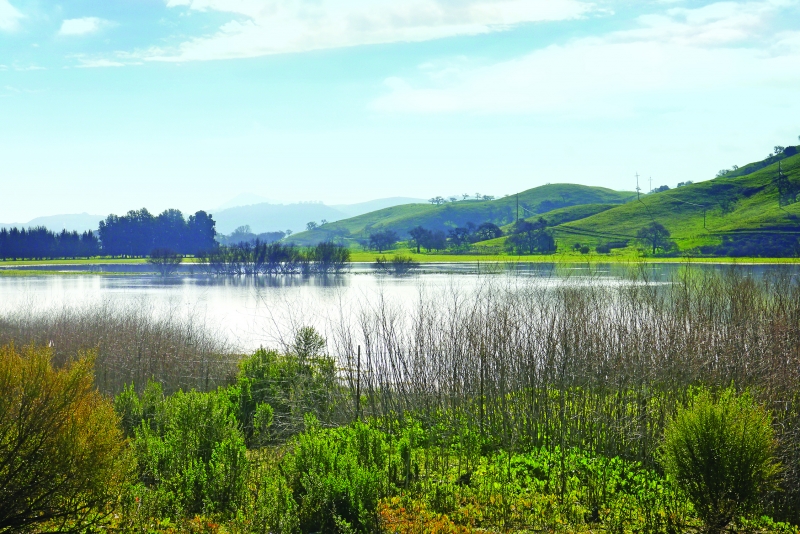
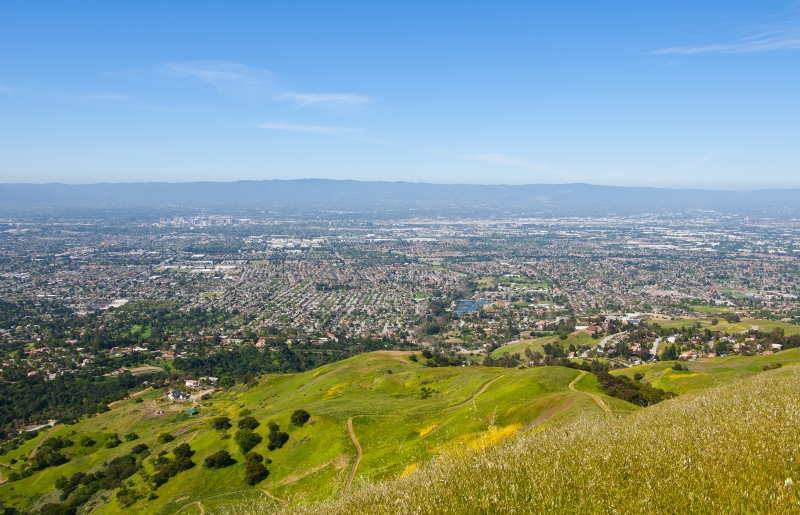

The City of San Jose has just adopted Climate Smart San Jose, its Climate Action Plan that aims to put the city on a Paris Accord compliant path. A plan to reduce air pollution, save water, and create a stronger and healthier community.
The Authority is working with the City of San Jose as it enters Phase Two of the Climate Smart initiative, to further assess the carbon benefits of protecting and enhancing natural and working landscapes within the city limits.

The Santa Clara Valley Agricultural Plan is a regional land use and economic development strategy to support the local food and farming economy and further climate change mitigation and resiliency by preventing conversion of farmland to urban development. In partnership with the cities of San Jose, Morgan Hill, and Gilroy, the Authority and the County are mapping agricultural lands in Santa Clara Valley for conservation and identifying the regional greenhouse gas reduction potential. The Plan was approved by the Santa Clara County Board of Supervisors on January 9, 2018.
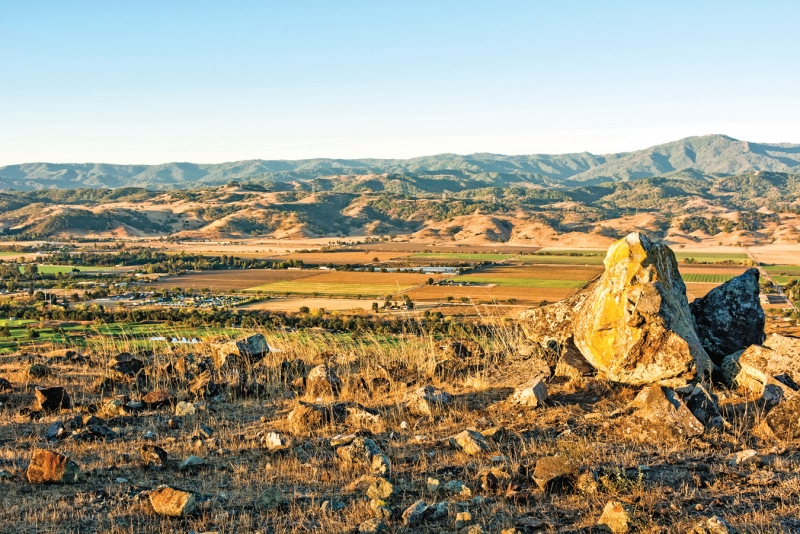
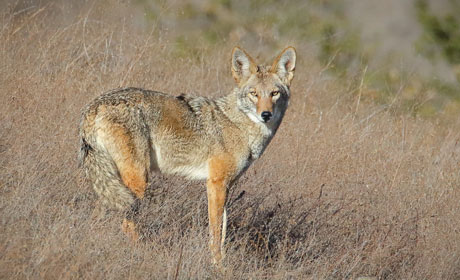

The Authority is the first agency in California to sponsor and develop a Regional Conservation Investment Strategy (RCIS), as part of the California Department of Fish and Wildlife’s RCIS Program. Known as the Santa Clara County RCIS (SCCRCIS), this program promotes the conservation of sensitive species, habitats, and other natural resources within Santa Clara County. The SCCRCIS includes goals and objectives for wildlife and habitat conservation, as well as actions and priorities which can guide investments in ecological resource conservation and potential opportunities for compensatory mitigation for impacts to species and other natural resources.
The Open Space Authority has accomplished a lot of important projects over the years. Check out just a few of our completed projects.